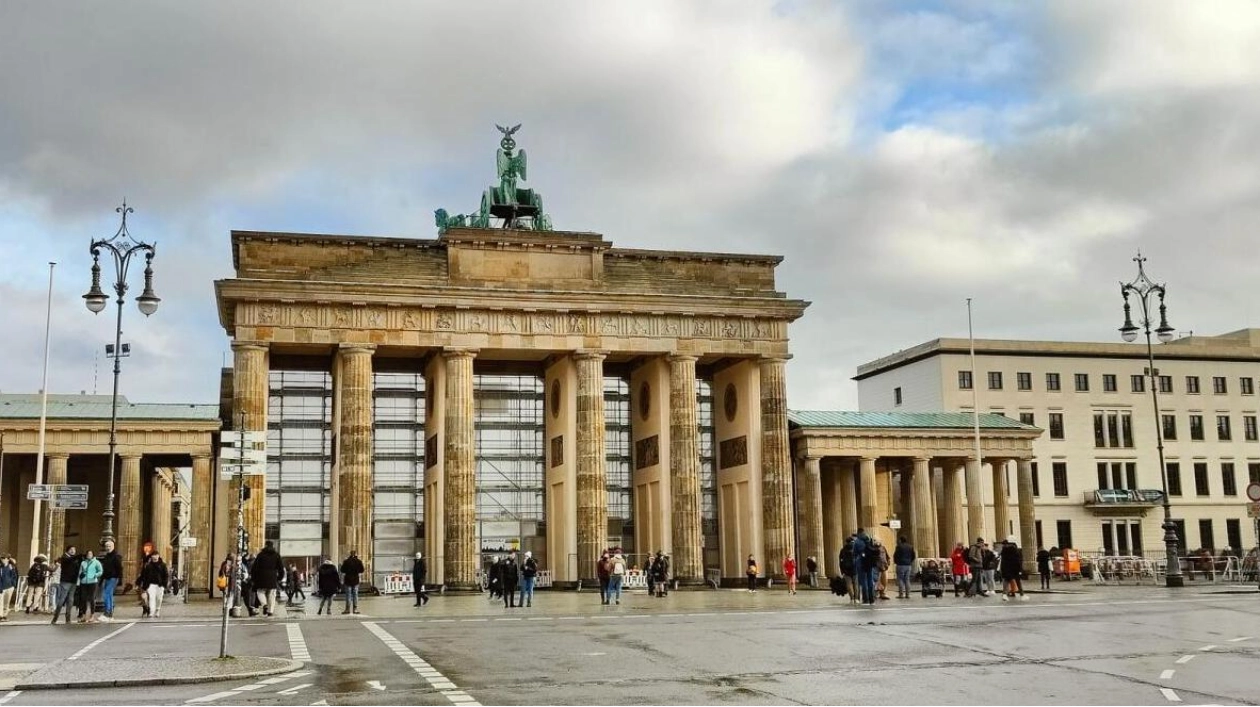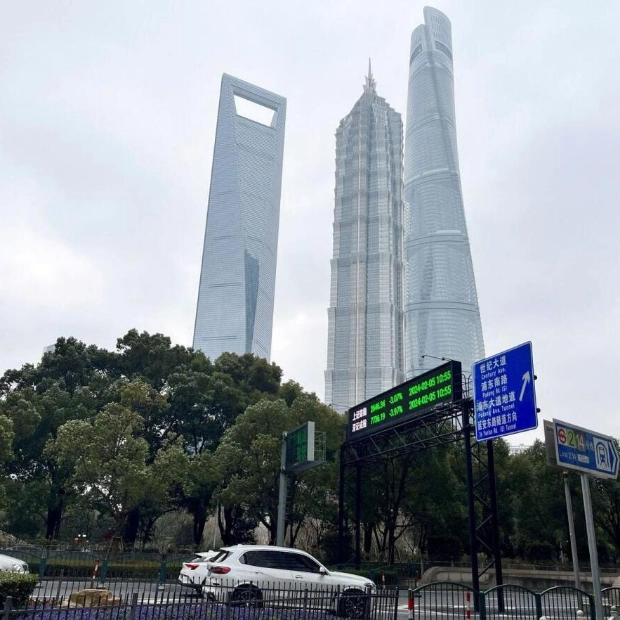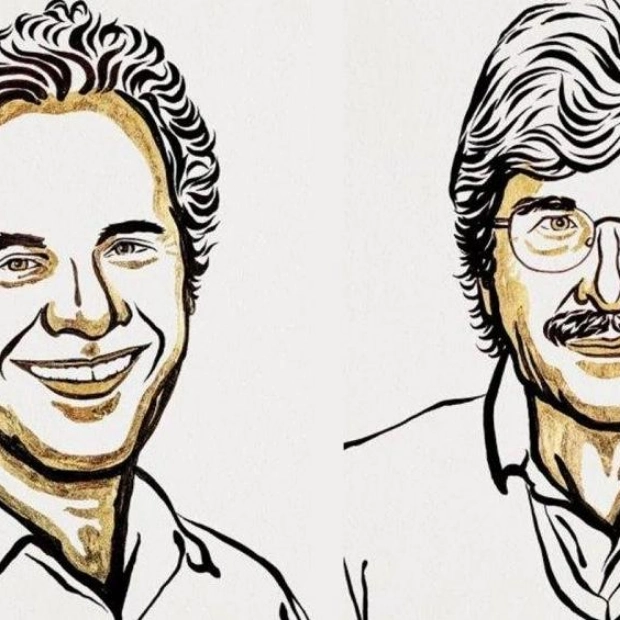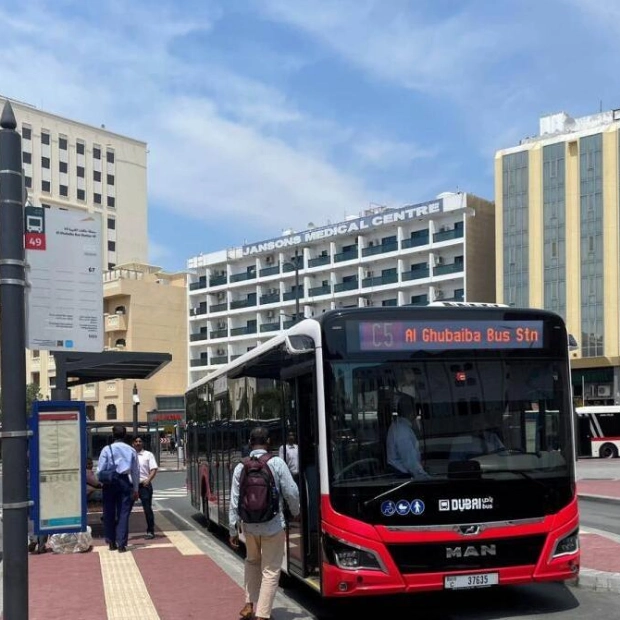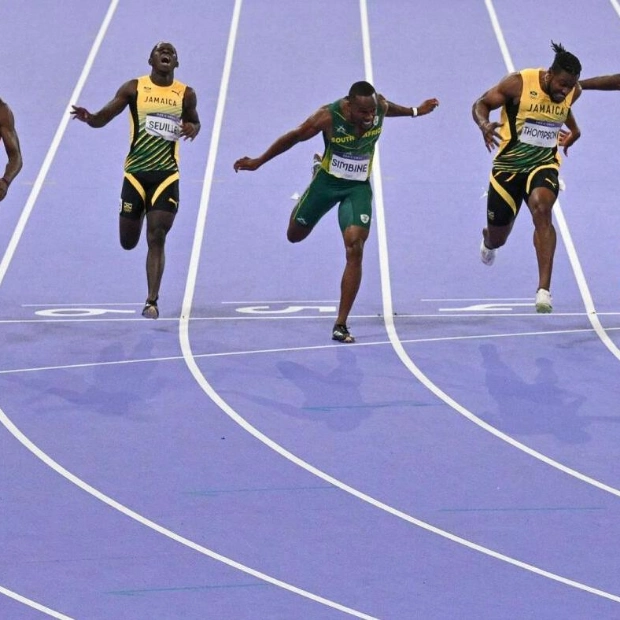1 and 2. Checkpoint Charlie, a location featured in numerous James Bond films; 3. ; 4. Near the Berlin Wall Memorial; 5. East Side Gallery; 6. Remnants of the Berlin Wall and its fencing; 7. Remnants of the Patrol Lights on the Berlin Wall
Berlin, often referred to as the city of contrasts, is the capital of Germany and stands out as a unique metropolis. Known for its edgy atmosphere and vibrant culture, it seamlessly blends glamour with grit. With a rich history and an array of fascinating museums, Berlin is also celebrated for its avant-garde art and architecture. Its diverse culinary scene, high-profile festivals, and quirky neighborhoods make it a city where the classic effortlessly merges with the contemporary. For history enthusiasts, Berlin offers a wealth of meaningful experiences, particularly through its sites related to the former Berlin Wall, a symbol of the Cold War's ideological divisions.
Checkpoint Charlie, a significant site in many spy thrillers and James Bond movies, represents a crucial point of conflict during the Cold War. This was where Soviet and American forces faced off, with tanks and weapons poised against each other. Located at the intersection of Friedrichstraße with Zimmerstraße and Mauerstraße, Checkpoint Charlie was one of the crossing points in the Berlin Wall. An open-air exhibition here showcases displays related to the wall, including photographs, artwork, and commemorative plaques.
The Berlin Wall, constructed by the German Democratic Republic on the nights of August 12th and 13th, 1961, was an imposing 155km barrier that divided the city into two zones, both physically and ideologically. Its purpose was to prevent the population of East Germany, controlled by the Soviet Union, from escaping to the Western part of the country, which was allied with the US and Western democracies. The wall was heavily guarded, with over 300 watchtowers by 1989. The arduous process of crossing the wall led to numerous deaths and suicides. Anti-government protests and political pressure culminated in the wall's dismantling on November 9, 1989, restoring free movement between East and West Germany. Although the two regions were officially united in October 1990, remnants of the wall and related sites serve as poignant reminders of the turbulent past.
An ideal starting point for exploring the Berlin Wall is the Berlin Wall Memorial, which spans approximately 1.4km on Bernauer Strasse. This memorial, akin to an open-air exhibition, features remains of the wall, details of individuals who perished while attempting to cross the border, and remnants of objects used to fortify it. For instance, bright lights installed along the patrol road in 1967 replaced older ones from 1961. Remnants of these lights, barbed wires, and photographs related to the event are displayed here. The wall's erection in front of homes in East Berlin led to desperate escape attempts using ropes and even jumping from windows.
Adjacent to Bernauer Strasse, the Documentation Centre provides records of the history and events leading up to the wall's construction in 1961. The Chapel of Reconciliation nearby holds regular services in memory of those who lost their lives trying to flee. The Brandenburg Gate, a neo-classical structure dating back to the late 18th century, stood isolated and inaccessible when the Berlin Wall was built in 1961. After the wall's fall, it became a symbol of reunited Berlin, with jubilant crowds celebrating their first joint New Year's Eve in the newly unified city.
The East Side Gallery, the world's largest open-air gallery, spans 1,316 meters of the wall along the Spree River in Friedrichshain. Painted by 118 artists from 21 countries between February and September 1990, the gallery's paintings reflect the political changes of 1989-1990. Notable works include Dmitri Vrubel's Fraternal Kiss and Birgit Kinder's Trabant Breaking Through The Wall. The wall's vibrant colors and images of peace and freedom offer a visual treat.
Other notable sites include the Marienfelde Refugee Centre Museum, which documents the lives of immigrants from East Germany, and a 200-meter section of the original wall on Niederkirchnerstraße near Potsdamer Platz. Specialized walks and bike tours along the Berlin Wall trail guide visitors through major related sites. This November marks 35 years since the fall of the Berlin Wall, and the city plans to host several commemorative events. Visitors during this time should keep an eye out for these celebrations.
Source link: https://www.khaleejtimes.com
